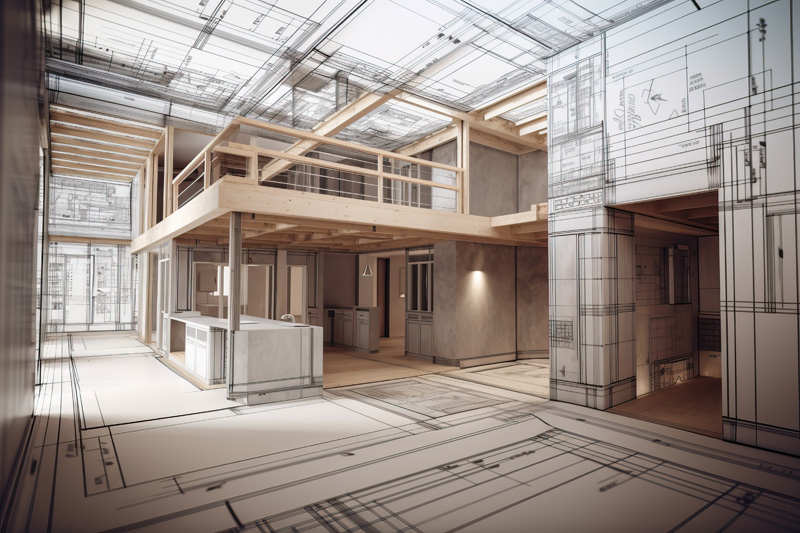Code misconceptions can cost big bucks
By Michael Oppermann
Correspondent Ocala.com
Published: Sunday, March 14, 2010 at 6:30 a.m.
Common misconceptions about local codes can add up to big expenses for homeowners who install sheds, carports or other accessory structures without first receiving the proper building permit.
Many homeowners, especially those from out of state, don’t realize that all new structures require permits in order to assure they meet stringent wind load as well as zoning and other safety requirements.
“In Florida, we’re a little bit different than some other states because they don’t have the wind loads that we do,” said Theodore Bewley, interim building official for the Marion County Building Department.
While many other states build to meet the minimum International Code Council standards for wind resistance, the hurricane force winds that Florida is subject to on a regular basis means local codes aim to meet the maximum standards, with structures designed to weather wind speeds of more than 100 mph.
As a result, said Robin Hough, a code officer for the Marion County Code Enforcement Division, “The wind load is one of the most important things that Florida’s codes are looking at.”
To ensure these standards are met, the Marion County Building Department developed permit application checklists for manufactured and site built sheds and accessory structures to help the public learn what information is needed for the permitting process, but are hampered by the fact that many do not even realize they need permits.
“All structures require a permit [and] they’ve always been required to have permits,” Bewley said.
Anyone who wishes to place a structure that is larger than the average doghouse or a small well-top on their property should contact their local building department to ensure it meets the code.
“I think that most of our violators are homeowners,” Hough said. “With prefab sheds especially, they think they can get it delivered and they’re good to go.”
Bewley noted that many people buy metal carports and then arrive at his office without any paperwork, convinced his department would handle everything after the fact, when the law requires them to submit applications that include drawings from the seller or contractor and a site plan defining the location before installation.
As an added obstacle, while the side and rear areas of a property only require structures to maintain an 8-foot setback, the setback along the front of a property is significantly longer; meaning carport owners frequently need to apply for a variance as well.
Permits normally take about a week to process. An inspection of the finished structure to insure it is properly anchored can be performed the day after the building department is called, provided all the necessary information is included and legible.
“I see a lot of rejections on permit applications because the people either didn’t include their site plan, or their site plan doesn’t show the road names,” Hough said.
Incomplete or mistake-filled applications can take longer to be approved, or may even be rejected, requiring the submission of a corrected copy at an additional fee.
“It’s going to cost you less in the long run to try to get your permit issued [beforehand], because if you build it on site and then get caught after the fact, you’re either going to have to get rid of it or pay a designer more money for after-the-fact plans and drawings,” said Hough.
“Code enforcement is out there seven days a week; we catch these things.”



